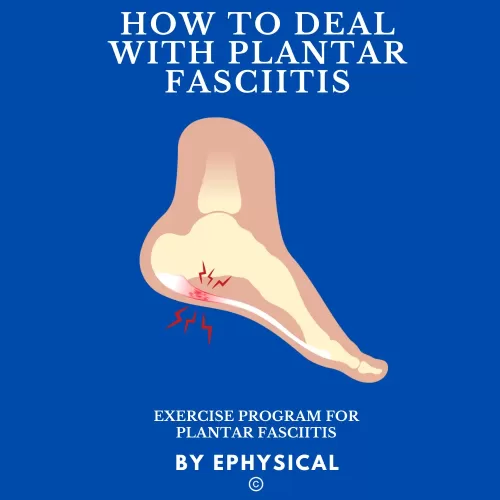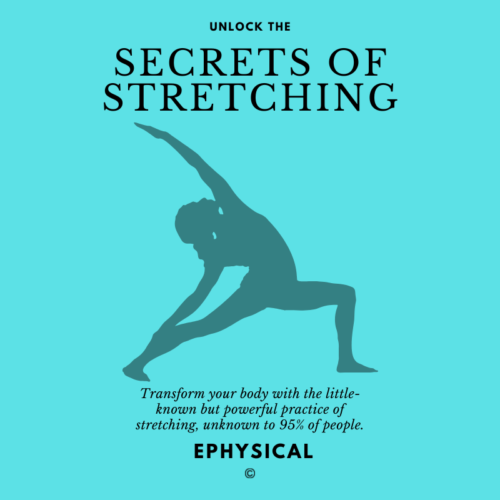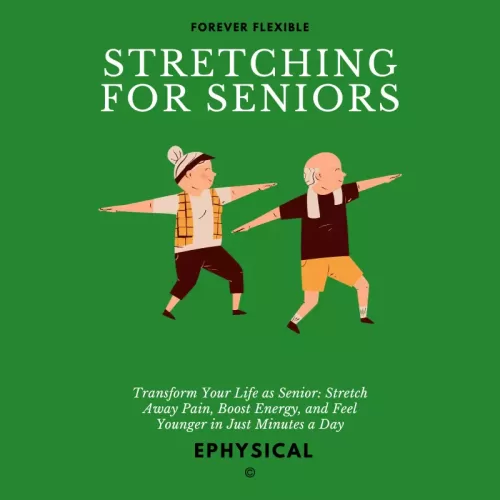Mobility VS Flexibility
Sometimes are terms around stretching a bit confusing. For example, mobility and flexibility are two different terms often seen as the same thing.
That’s why I decided to write this article and to explain everything regarding mobility vs flexibility.
After reading this article, you will learn the difference between mobility and flexibility, why those parts of fitness are significant, and how to organize your training to achieve your fitness goals.
Let’s dive into the topic.
What is Flexibility?
Flexibility is the ability of muscles to stretch passively. That means there is no active engagement of the muscles during movement (passive).
In practice, that means you can touch your toes from a standing position or dive into the front split.
If you can’t touch your toes from standing, you may have poor flexibility of hamstring muscles.
Flexibility also refers to the situation when someone moves your arm or leg, and thus stretches your muscles. (passive movement)
Physiotherapists use passive movements to test flexibility in specific parts of your body.
What is Mobility?
Mobility is how your joints are moving actively.
That includes all movements, starting with moving the head to one side, raising the arms, bending the legs, squatting, and so on.
The way you perform specific movements determines the quality of mobility.
If you, for example, can’t bend your knee fully, you have poor knee mobility.
To achieve better mobility, you should have a good range of motion, muscle strength and proper motor control.
Remember that mobility is active movement, while flexibility refers to passive movement.
Here is a comprehensive book on stretching and flexibility that covers everything you need to know to start stretching today.
Mobility VS flexibility: Difference
Here you can see the list of things that explain the difference between mobility and flexibility.
| Mobility | Flexibility |
|---|---|
|
|
|
|
|
|
|
|
|
|
|
|
Mobility VS Flexibility table
How to Choose Between Mobility and Flexibility
To choose the best type of training for your fitness goals, you must learn the effects you get from better flexibility/mobility.
Flexibility gives you a better range of motion. That means, for example, that you could stretch your leg to the side a bit further.
Mobility gives you a better quality of movement. That means you could perform a deeper squat, more efficient overhead press and so on.
If your goal is to do a front split or you feel tightness in your muscles during daily activities, then it is better to focus on improving flexibility.
If you want to improve a specific movement (squat, jump, step, and so on), then you focus primarily on mobility.
When you want to improve your body posture, you should focus on good flexibility and mobility, among other posture improvement exercises.
Although mobility and flexibility are different concepts, they are somewhat related.
In a way, they depend on each other. Let me explain.
To have excellent mobility, you also need to have some flexible muscles.
If the muscles are so tight they can’t handle end-range mobility, they could get hurt when moving fast or too much.
Why Should You Care About Mobility and Flexibility?
Mobility and flexibility are essential for optimal muscle and joint function.
When the muscles are flexible enough, the chances of muscle strain decrease.
On the other hand, joint mobility is significant for sports performance.
A better active range of motion means you can strengthen your muscles through a deeper range of motion and thus strengthen your muscles even more.
Tight muscles can contribute to poor posture as well as muscle pain. While there are many reasons for muscle tightness, stretching exercises can often help relax muscle tightness.
How To Increase Mobility and Flexibility
Let’s see how you can best increase mobility and flexibility.
To improve flexibility, you can do static stretching exercises. Use stretching equipment for home training to get flexible faster.
Daily static stretching for 30s will improve muscle flexibility. Repeat in three series.
Here you can see an article dedicated to stretching guidelines.
Mobility, on the other hand, exercises during active movement.
Every time you perform any motion, you practice mobility.
To simplify, if you want to perform a deeper squat, you should practice squatting.
The exact choice of mobility exercises is very individual and depends on your current physical condition.
As I mentioned earlier, I recommend doing flexibility exercises after training, while mobility exercises are great for warming up before training or some physical activity.





